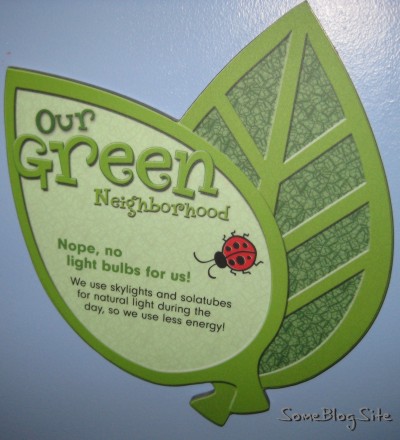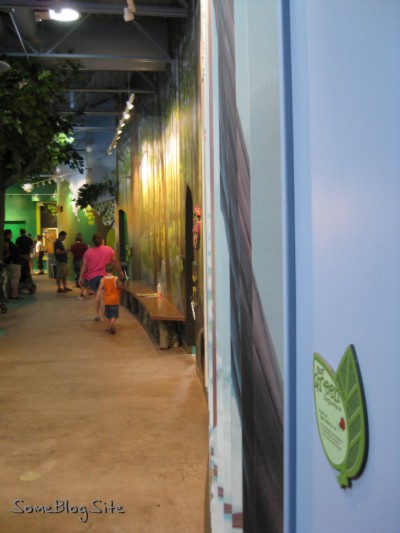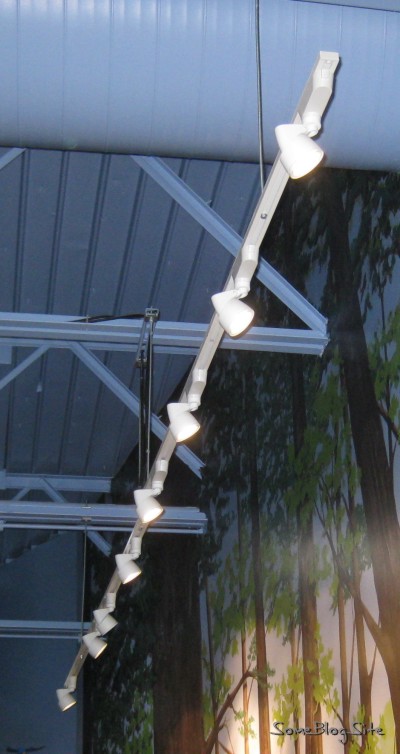A couple years ago, I read and thoroughly enjoyed Lynne Truss‘ book Eats, Shoots & Leaves. It had a very entertaining section about the interrobang, which is the combination of a question mark and exclamation point. How exciting is that!?
A few weeks ago, I read The Word Snoop. The Word Snoop is a quick, easy read. It is about the English language and written by an Australian and intended for children (elementary/primary school), but I, as an American many years removed from school, was able to read it.
I don’t know exactly what I was expecting. Since I had just read an actual mystery/crime novel, perhaps my expectations were skewed. It was mostly a review of things – if you already know what anagrams, palindromes, and pangrams are then you might not be that excited about this book. But the part with the history of letters and English was interesting.
The Word Snoop revisited the interrobang, and also introduced me to the question-comma and exclamation-comma. The best way to explain those is with examples.
It’s about time,! and what took them so long?
or the other way around:
What took them so long,? and it’s about time!
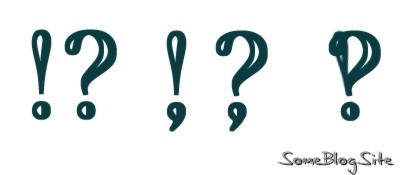
After that, I started wondering what other punctuation could be invented. Other languages already have the upside-down question mark. And someone already proposed a backwards question mark (the irony mark). I contemplated proposing the backwards exclamation point, but I fear that the untrained eye would not be able to distinguish it from a normal exclamation point.
My first new punctuation mark is the semi-semi. We have the existing progression of period (full-stop for you Brits), comma, colon, and semi-colon. The semi-colon is a period above a comma. The next logical step in that sequence would be a comma above a comma. I thought about calling it the comma-comma, but that left me thinking about Culture Club, so I decided against it.
The semi-semi doesn’t fill a need, so it is wandering aimlessly right now. If necessity is the mother of invention, then I have an orphan.
My other new punctuation mark is the colon-semi. It is, of course, a comma above a period. I have found this to be a useful defense against the onslaught of full-stop abuse. Placing periods in between words is bad.
The . Worst . Punctuation . Ever!
A period is a full stop. Placing it between words makes it a pause, not a full stop. For this reason, the colon-semi could also be called “partial stop”. It’s a comma and a period together! It means both a pause and a stop! Hmm, there’s not enough distinction there… It means both full stop and continue! Okay, maybe the advertising needs more work, but you get the point.
The  Best
Best  Punctuation
Punctuation  Ever!
Ever!
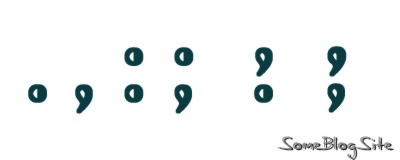
My new punctuation marks are impossible to type right now, as no font files (to my knowledge) include them, nor do they have a reserved spot in Unicode. Feel free to hand-write them until they are supported – not that I have any plans to spend any time lobbying for their inclusion or promoting them to the masses.
Come, let us go down and confuse their language so they will not understand each other.
Genesis 11:7
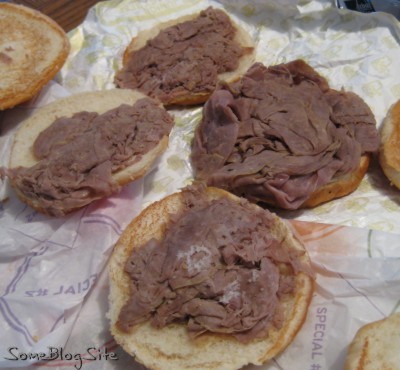
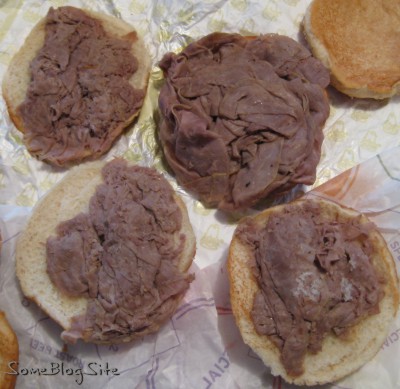

 This is Alpha, the first-born, when he was 2YO.
This is Alpha, the first-born, when he was 2YO. This is Beta, the second-born, when he was about 2YO.
This is Beta, the second-born, when he was about 2YO. This is Gamma, the third-born, when he was about 18MO.
This is Gamma, the third-born, when he was about 18MO.
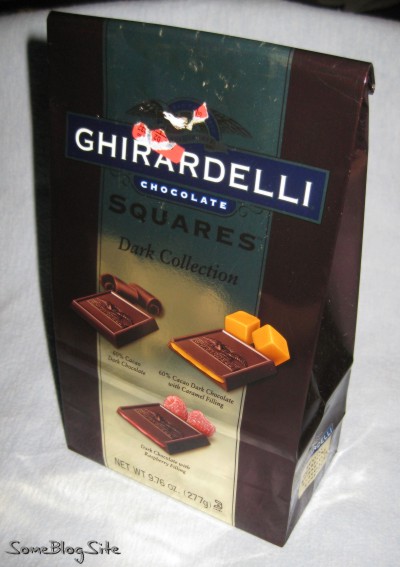
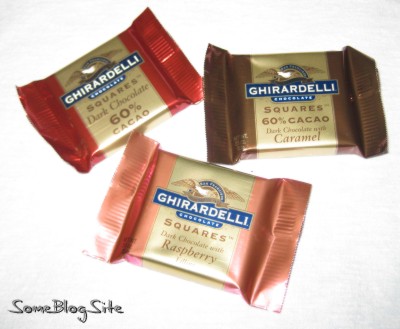
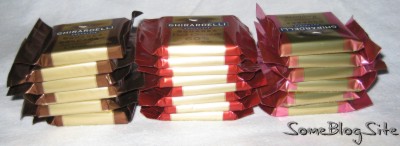

 Best
Best 

